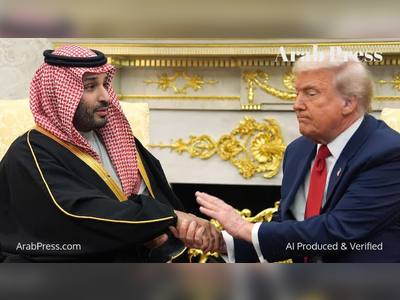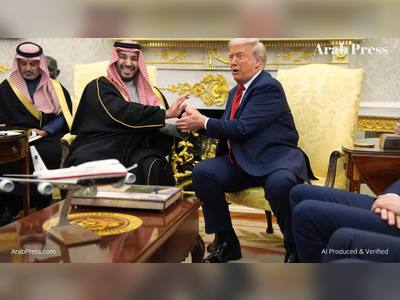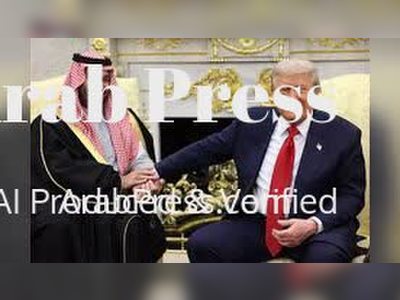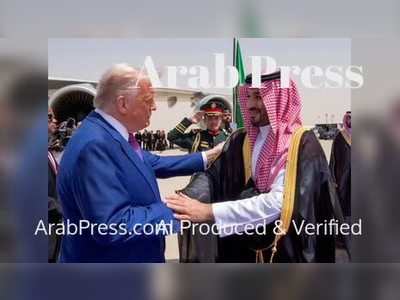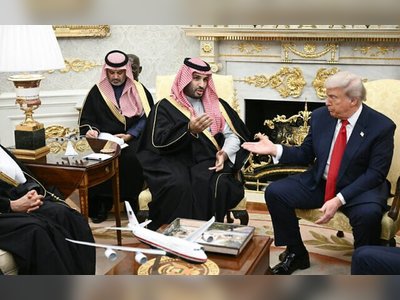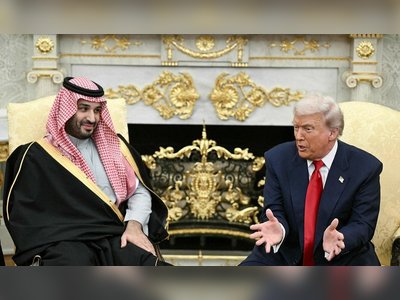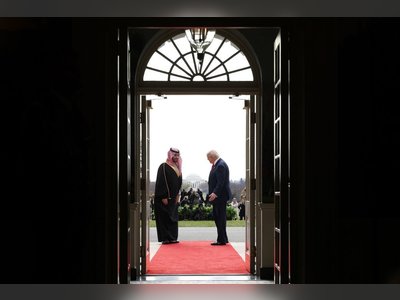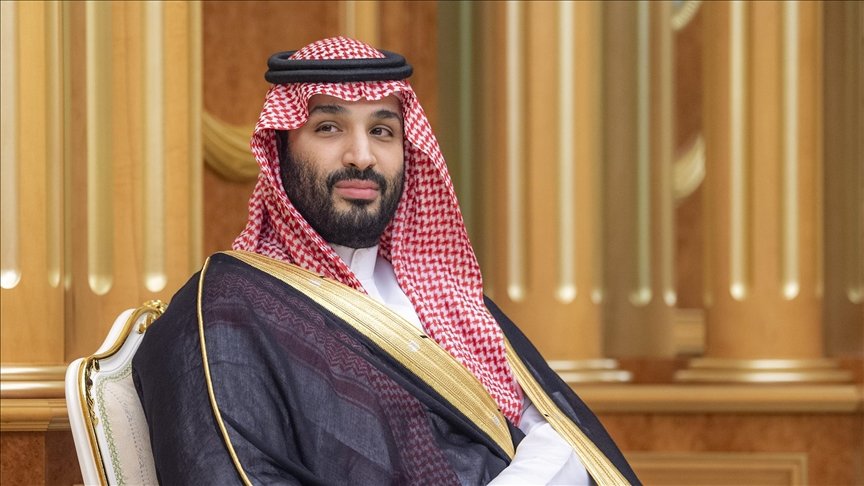
Saudi Arabia Pledges Nearly One Trillion Dollar US Investment As Bilateral Ties Deepen
Crown Prince Mohammed bin Salman declares U.S. investment increase from $600 billion to “almost $1 trillion” during Washington visit
Saudi Crown Prince Mohammed bin Salman announced on 18 November 2025 that his country plans to raise its pledged investment in the United States from $600 billion to “almost $1 trillion”.
The declaration came during a White House meeting with President Donald Trump, where both leaders framed the commitment as a landmark deepening of U.S.–Saudi economic ties.
Speaking at a joint press event, the crown prince said the expanded investment will focus on technology, artificial intelligence, rare-earth materials and other sectors he described as “real investment and real opportunity.” President Trump responded by thanking Riyadh for the commitment and affirming that U.S.-Saudi collaboration is entering a new phase, calling the kingdom a “great ally”.
While the original $600 billion figure had been widely reported since early 2025, the new target, which the crown prince characterised as aimed at tangible projects, marks a significant scale-up.
U.S. media confirm the announcement came as part of a broader agenda that includes defence and high-tech cooperation with Saudi Arabia, and is accompanied by U.S. commitments to sell advanced fighter jets to the kingdom.
Analysts note the nearly $1 trillion figure remains a broad ambition rather than a fully itemised package.
Previous remarks from Saudi and U.S. officials described the initial $600 billion commitment as encompassing both investment and procurement contracts across public and private sectors.
The new figure raises questions over timing, sectors and enforceability, though it signals Riyadh’s strategic alignment with Washington.
The declaration also occurs against the backdrop of renewed U.S.–Saudi strategic engagement, as the two countries revisit defence, technology and regional diplomacy priorities.
For President Trump, the announcement helps reinforce his economic and foreign-policy agenda of attracting foreign investment and revitalising bilateral partnerships.
Saudi Arabia meanwhile positions itself for a post-hydrocarbon future while strengthening its global alliances.
To translate the pledge into concrete outcomes, both governments will need to negotiate frameworks for investment flows, regulatory certainty and project selection.
If realised, the shift would represent one of the largest foreign-direct-investment commitments in U.S. history and further underscore the evolving U.S.–Saudi relationship.
The declaration came during a White House meeting with President Donald Trump, where both leaders framed the commitment as a landmark deepening of U.S.–Saudi economic ties.
Speaking at a joint press event, the crown prince said the expanded investment will focus on technology, artificial intelligence, rare-earth materials and other sectors he described as “real investment and real opportunity.” President Trump responded by thanking Riyadh for the commitment and affirming that U.S.-Saudi collaboration is entering a new phase, calling the kingdom a “great ally”.
While the original $600 billion figure had been widely reported since early 2025, the new target, which the crown prince characterised as aimed at tangible projects, marks a significant scale-up.
U.S. media confirm the announcement came as part of a broader agenda that includes defence and high-tech cooperation with Saudi Arabia, and is accompanied by U.S. commitments to sell advanced fighter jets to the kingdom.
Analysts note the nearly $1 trillion figure remains a broad ambition rather than a fully itemised package.
Previous remarks from Saudi and U.S. officials described the initial $600 billion commitment as encompassing both investment and procurement contracts across public and private sectors.
The new figure raises questions over timing, sectors and enforceability, though it signals Riyadh’s strategic alignment with Washington.
The declaration also occurs against the backdrop of renewed U.S.–Saudi strategic engagement, as the two countries revisit defence, technology and regional diplomacy priorities.
For President Trump, the announcement helps reinforce his economic and foreign-policy agenda of attracting foreign investment and revitalising bilateral partnerships.
Saudi Arabia meanwhile positions itself for a post-hydrocarbon future while strengthening its global alliances.
To translate the pledge into concrete outcomes, both governments will need to negotiate frameworks for investment flows, regulatory certainty and project selection.
If realised, the shift would represent one of the largest foreign-direct-investment commitments in U.S. history and further underscore the evolving U.S.–Saudi relationship.


